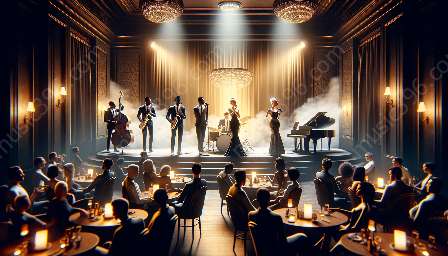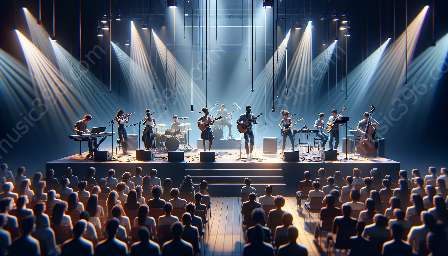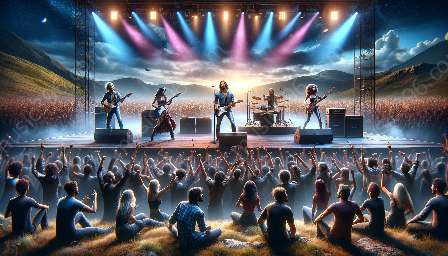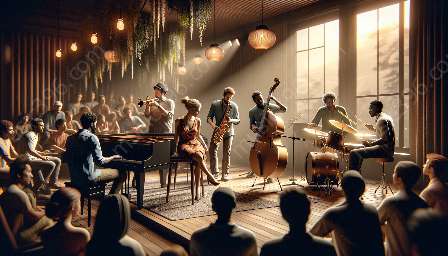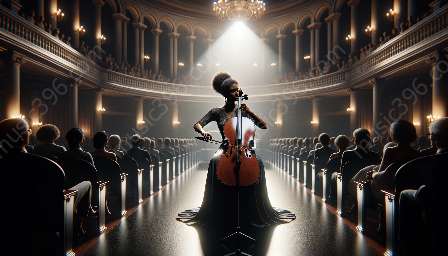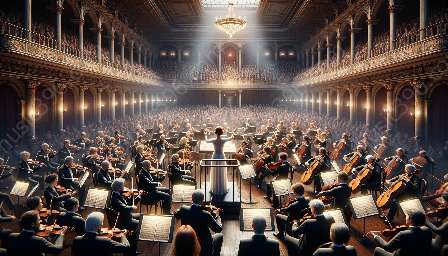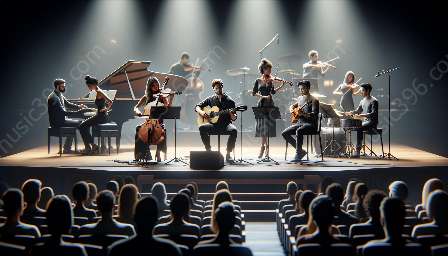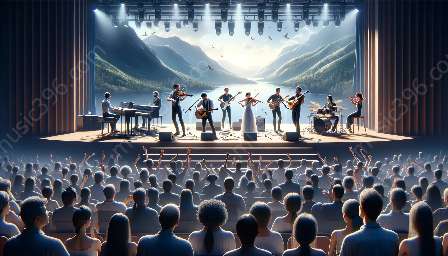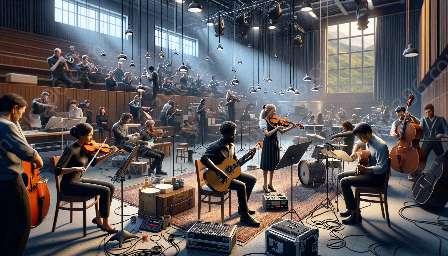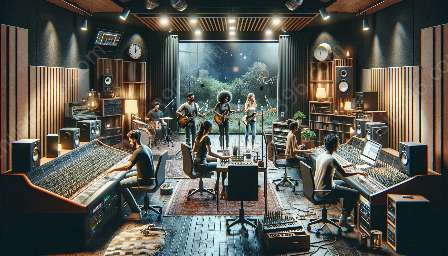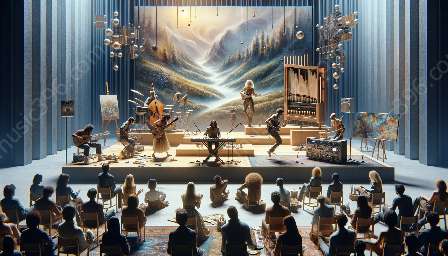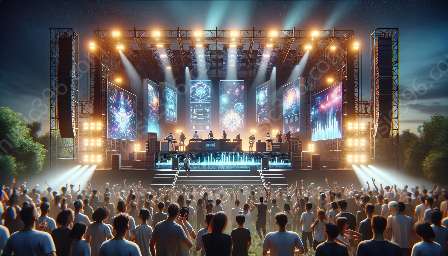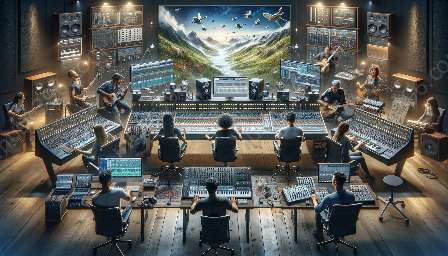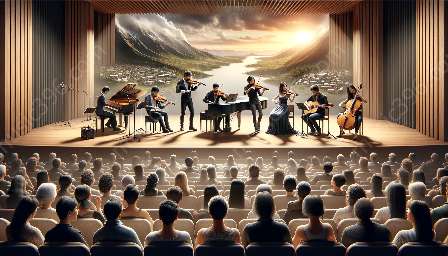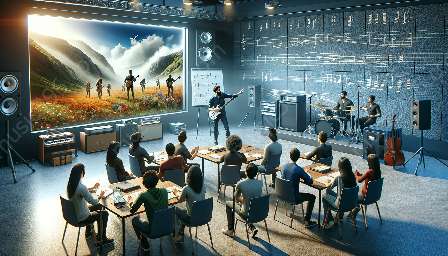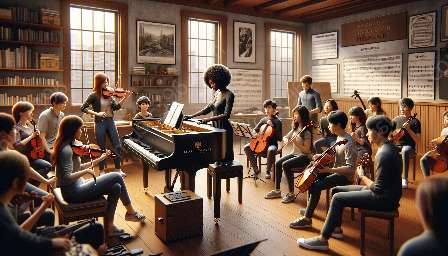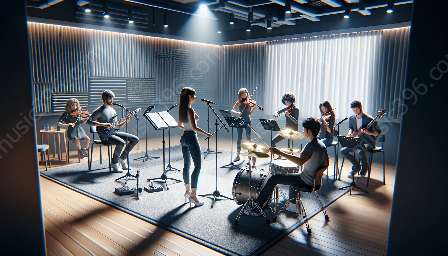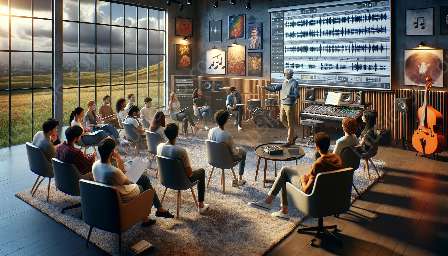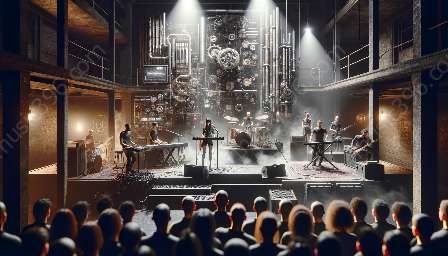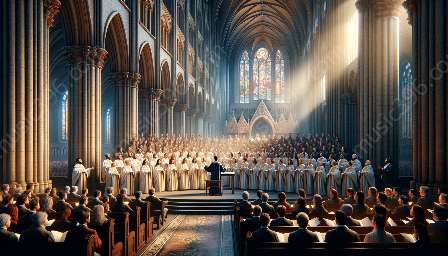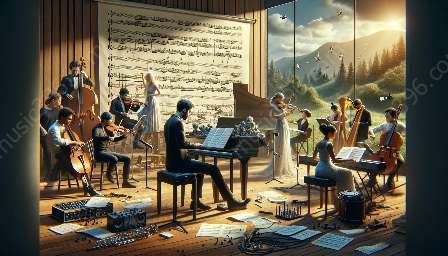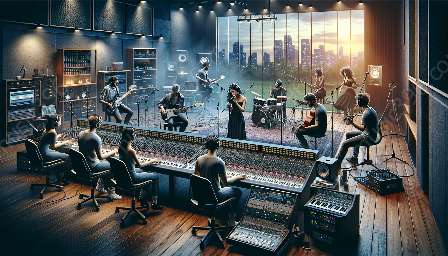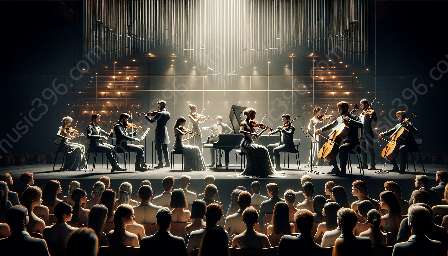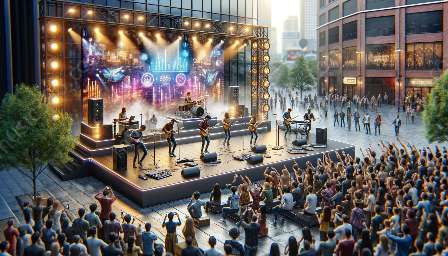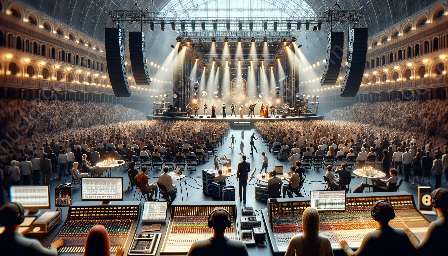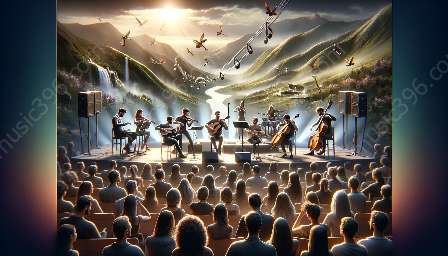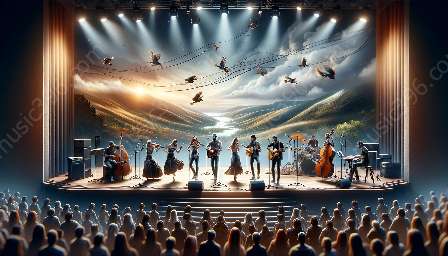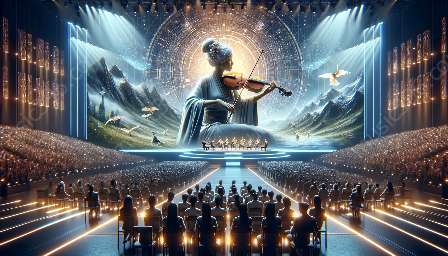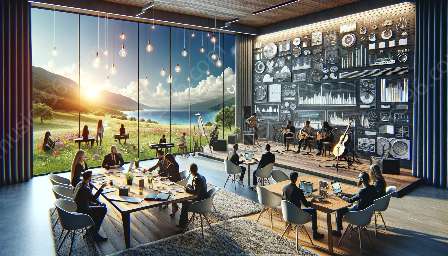Music production in a studio setting involves a combination of different elements that contribute to the overall sound and feel of a track. Among these elements, effects pedals play a crucial role in enhancing the creativity and performance of musicians. In this comprehensive guide, we'll delve into the significance of effects pedals in music studio performances and their impact on music production as a whole.
The Role of Effects Pedals in Music Studio Performances
Effects pedals, also known as guitar pedals, are electronic devices that alter the sound of an instrument or audio signal. These pedals are widely used by musicians, producers, and sound engineers to add depth, texture, and character to their music. In a music studio environment, effects pedals are essential tools that allow artists to experiment with different sounds and create unique sonic landscapes. Whether it's adding a touch of reverb to vocals, creating ambient textures with delay pedals, or distorting guitar tones for a gritty edge, effects pedals open up a world of possibilities for musicians.
Enhancing Creativity and Expression
One of the primary roles of effects pedals in a music studio is to enhance the creativity and expression of musicians. By providing a diverse range of sonic possibilities, effects pedals allow artists to explore new sounds and push the boundaries of traditional music production. Whether it's a subtle modulation effect to add movement to a guitar solo or a lush chorus effect to enrich a vocal performance, the right combination of effects pedals can elevate a music studio performance to new heights.
Types of Effects Pedals
Effects pedals come in various types, each with its own unique sonic characteristics and applications. Some of the most common types of effects pedals include:
- Distortion and Overdrive Pedals: These pedals add grit and aggression to guitar tones, creating a distorted sound that's popular in rock, metal, and blues music.
- Delay and Reverb Pedals: These pedals create spacious and ambient sounds by adding reflections and repeats to the original audio signal, providing depth and immersion to music performances.
- Modulation Pedals: Including chorus, phaser, and flanger pedals, these effects add movement and texture to audio signals, making them ideal for enriching guitar, keyboard, and vocal performances.
- Wah and Filter Pedals: These pedals modulate the EQ and frequency response of an instrument, allowing for dynamic and expressive tonal changes, particularly in guitar and bass performances.
By understanding the different types of effects pedals and their sonic characteristics, musicians can tailor their studio performances to achieve specific creative goals, whether it's crafting a vintage-inspired rock tone or creating ethereal atmospheric textures.
Impact on Music Performance
Effects pedals not only enhance music studio performances but also play a significant role in live music performances. By mastering the use of effects pedals in a studio setting, musicians can replicate and enhance their performances on stage, creating a more immersive and captivating experience for their audience. Whether it's a solo artist building rich soundscapes with layered effects or a band using pedals to sculpt their sonic identity, effects pedals have a profound impact on the overall quality and creativity of music performances.
Conclusion
Effects pedals are indispensable tools in modern music production and performance. They offer a multitude of creative possibilities that can transform a standard studio performance into a captivating sonic journey. By understanding the role of effects pedals in music studio performances and their impact on music performance as a whole, musicians and producers can harness the power of these devices to elevate their creative endeavors and deliver memorable and impactful music experiences.

